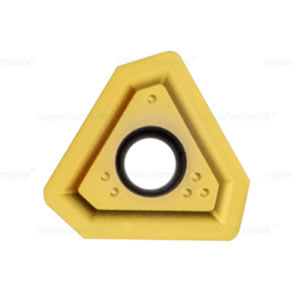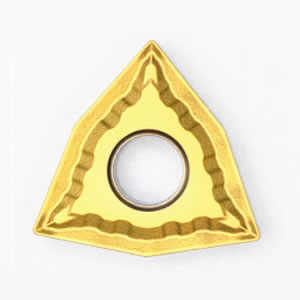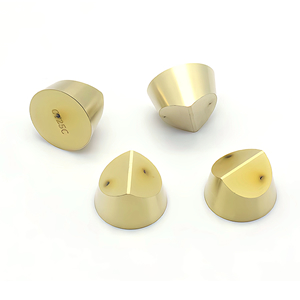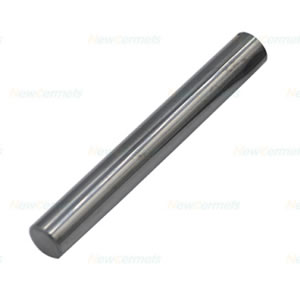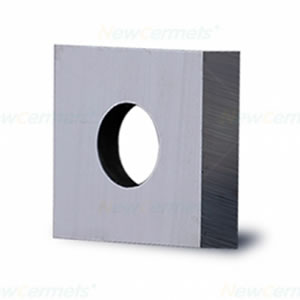Precautions for the correct use of end mills
Precautions for the correct use of end mills
1. Clamping method of end mill
Cleaning first and then clamping End mills are usually coated with anti-rust oil when they leave the factory. It is necessary to clean the oil film on the end mill first, then clean the oil film on the shank collet, and finally install the end mill. Avoid falling off due to poor clamping of the milling cutter. Especially when using cutting oils. More attention should be paid to this phenomenon.
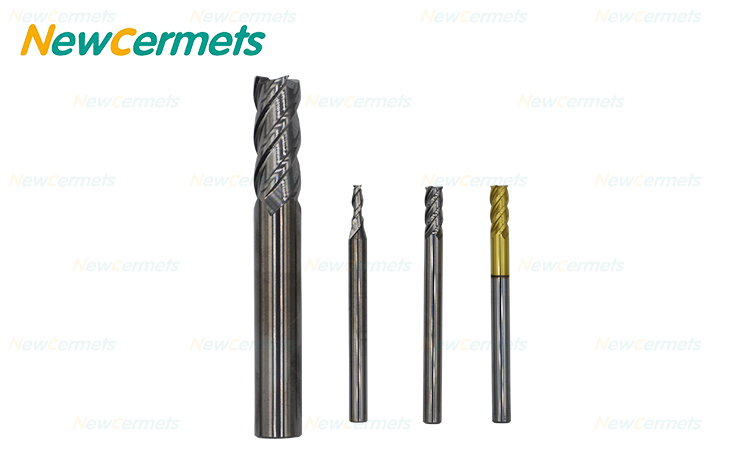
2. End cutting of end mills
The short-edge end mill is preferred. In the CNC milling process of the deep cavity of the mold, the long end mill must be selected. If only end-edge milling is required, it is best to use a short-edge long-shank end mill with a longer overall tool length. Because the deflection of the long end mill is large, it is easy to break. The short edge enhances its shank strength.
3. Choice of cutting method
Fine down milling, rough up milling
· Climb milling means that the moving direction of the workpiece is the same as the tool rotation direction, and up-cut milling is the opposite;
The roughness of the peripheral teeth for down milling is high, which is suitable for finishing, but because the wire gap cannot be excluded, it is easy to broach;
· Up-cut milling is not easy to broach, suitable for rough machining.
4. Use of cutting fluid for carbide milling cutters
Cutting fluid often follows carbide milling cutters and is generally used in CNC machining centers and CNC engraving machines. It can also be installed on an ordinary milling machine to process some relatively hard and uncomplicated heat-treated materials.
When finishing general steel, in order to improve the tool life and the surface quality of the workpiece, it is best to use cutting fluid to fully cool it. When the cemented carbide milling cutter is poured with cutting fluid, it must be carried out at the same time or in advance of cutting, and it is not allowed to start pouring in the middle of cutting. When milling stainless steel, water-insoluble cutting fluids are generally used to improve milling performance.

